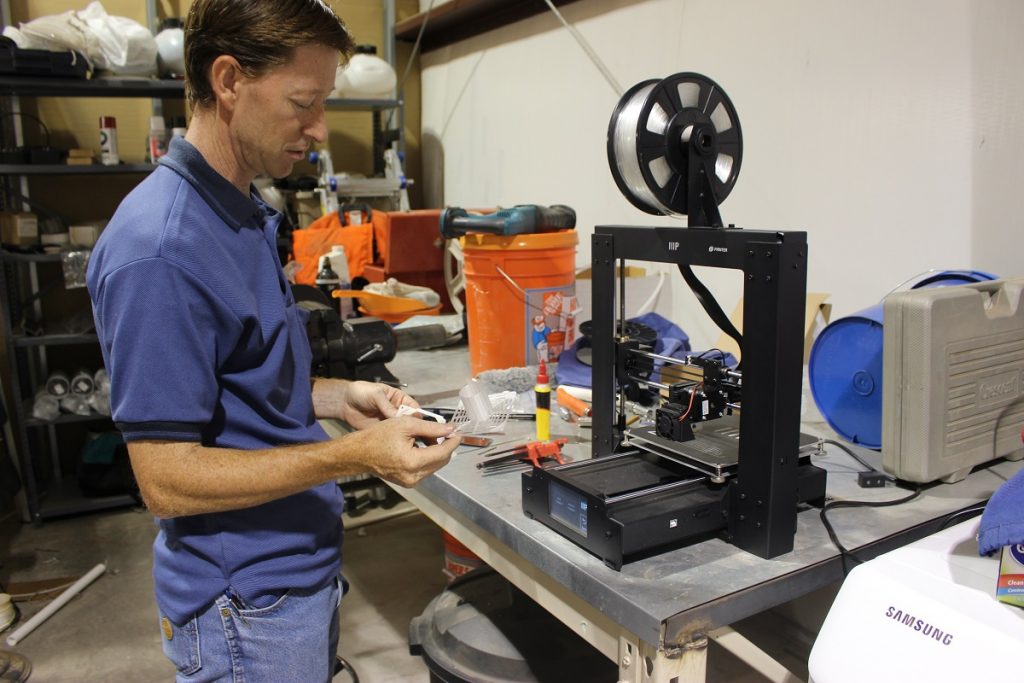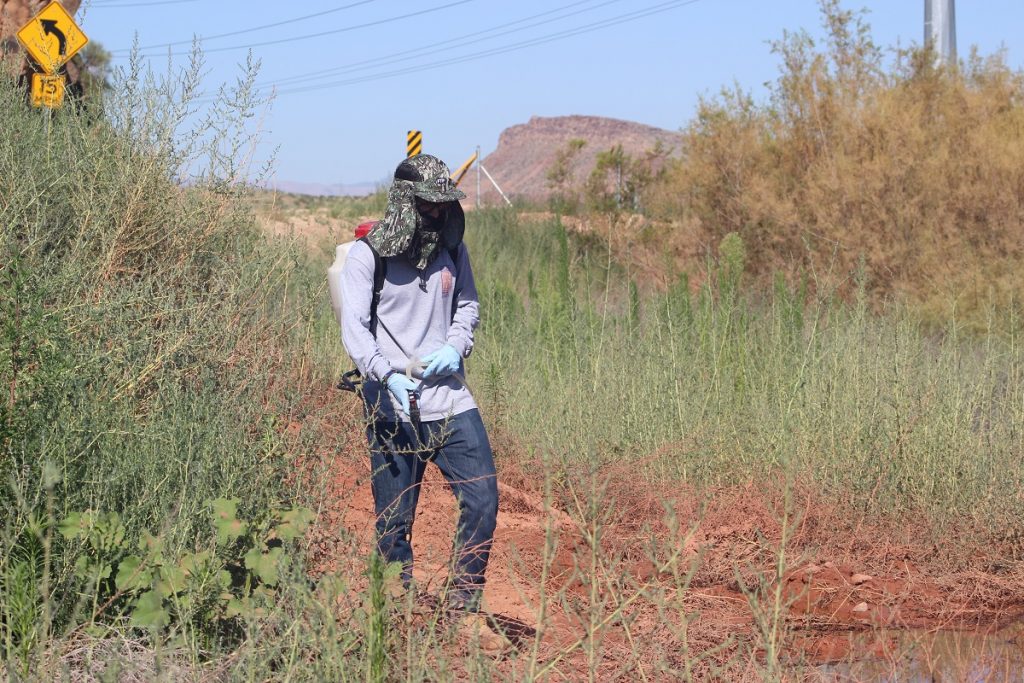
ST. GEORGE — The first human cases of West Nile Virus this year have been reported in Salt Lake County, and positive-tested mosquito pools have been reported in eight counties throughout Utah. Missing from that list are counties in Southern Utah, which have yet to report any pools testing positive for the virus.

The two human cases were reported in the Utah Department of Health Weekly West Nile Virus Report released Thursday.
Mosquito pools testing positive for the virus have been identified in Box Elder, Cache, Carbon, Davis, Duchesne, Salt Lake, Uintah and Utah counties. The report also shows that 67 mosquito pools tested positive for West Nile Virus during the last reporting period, and 172 have tested positive so far this year.
According to a report released last week, a Carbon County horse tested positive for the disease and was the first equine case in Utah to date.
Health officials have been tracking the West Nile Virus throughout the state by analyzing mosquito pool test results, and testing will continue into the fall.
In Washington County, the Southwest Mosquito Abatement and Control District has tested 358 mosquito pools so far this year, and all have tested negative for the virus, Sean Amodt, manager of the Southwest Mosquito Abatement and Control District, said Friday.
“We have done more testing this year than in the past and still haven’t had any mosquito pools test positive for the virus,” he said.

A large number of pools from traps recently collected are currently being tested at the district’s local facility in Washington City, and those results will be available Monday.
The district’s local facility in Washington City is one of the few centers in the state that has its own equipment on site, allowing immediate results, rather than waiting two weeks to hear back from the state lab.
Read More: Investigators cover 2,400 square miles to fight public enemy No. 1
Most commonly found in Africa, West Asia and the Middle East, West Nile Virus was first reported in the United States on the East Coast in 1999, Amodt said in an earlier interview with St. George News. It was reported in Utah for the first time four years later.
“Once it arrived in the U.S., the virus quickly spread all over the country,” Amodt said.

A higher number of mosquito pools testing positive for the virus have been showing up in Northern Utah, Dallin Peterson, an epidemiologist with the Utah State Health Department’s Bureau of Epidemiology in Salt Lake City said in an interview with St. George News earlier this month.
While West Nile virus is transmitted through the bite of an infected mosquito; not all mosquitoes carry the virus and those that do are typically out from dusk to dawn, Utah Department of Health epidemiologist Keegan McCaffrey said in a statement.
“There is no vaccine for humans. So, taking simple precautions to avoid mosquito bites is the key to reducing your risk for infection,” McCaffrey said.
While most people infected by the virus won’t notice any symptoms, some people may experience flu-like symptoms or worse, and most at risk for serious illness include the elderly and those with poor immune systems.
Safety tips:
- Wear long sleeved shirts and pants while outdoors.
- Remove any puddles or standing water around your home where mosquitoes can breed, including birdbaths, swimming/wading pools, old tires, buckets and plant containers.
- Report bodies of stagnant water to the Southwest Mosquito Abatement and Control District at 435-627-0076; by email at [email protected] or go to the website.
Tips to keep mosquito levels low around your house:
- Empty or cover anything outside that can hold water.
- Filter permanent ponds regularly or put fish in them. Fish eat mosquito larvae.
- Keep pools chlorinated or drained completely.
- Clean clogged rain gutters and storm drains regularly.
- Manage irrigation water effectively.
- Store old tires inside, or cover them.
- Report other mosquito breeding sites to the Mosquito District.
- Anyone with concerns about a mosquito bite should contact a health care professional.
To reduce mosquito numbers, the Southwest Mosquito Abatement and Control District runs regular routes throughout the county, checking for mosquito larvae in all the places standing water is known to occur, an environment where most species of mosquitoes lay their eggs. Those areas are then treated right at the source of infestation. The district treats mosquito larvae, and also monitors the adult mosquito population, setting 36 traps across the county each week. Once the mosquitoes are collected they are tested immediately for West Nile and Western Equine Encephalitis.
For more information, contact the Southwest Mosquito Abatement and Control District at 435-627-0076, by email at [email protected] or go to the website. To reach the Southwest Utah Department of Public Health visit swuhealth.org. The Utah Department of Health’s Bureau of Epidemiology site is updated each Wednesday with available detection information.
Email: [email protected]
Twitter: @STGnews
Copyright St. George News, SaintGeorgeUtah.com LLC, 2017, all rights reserved.